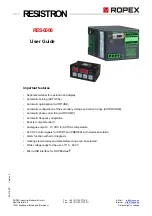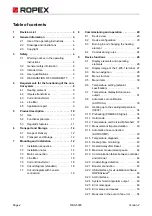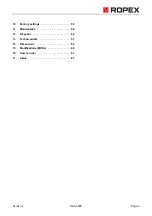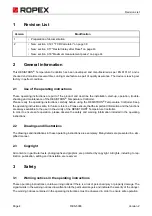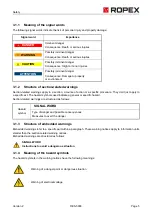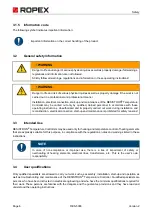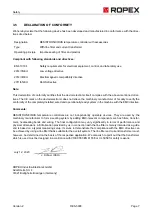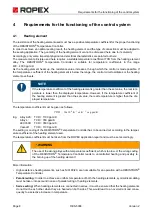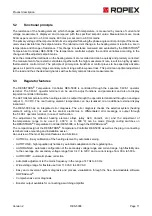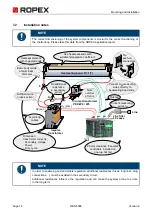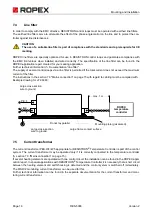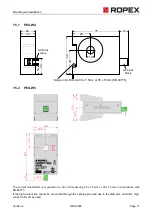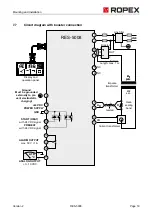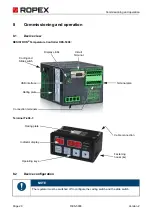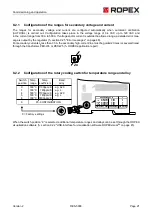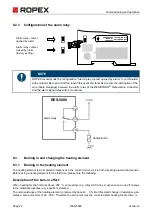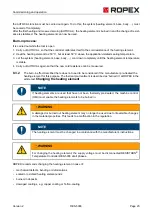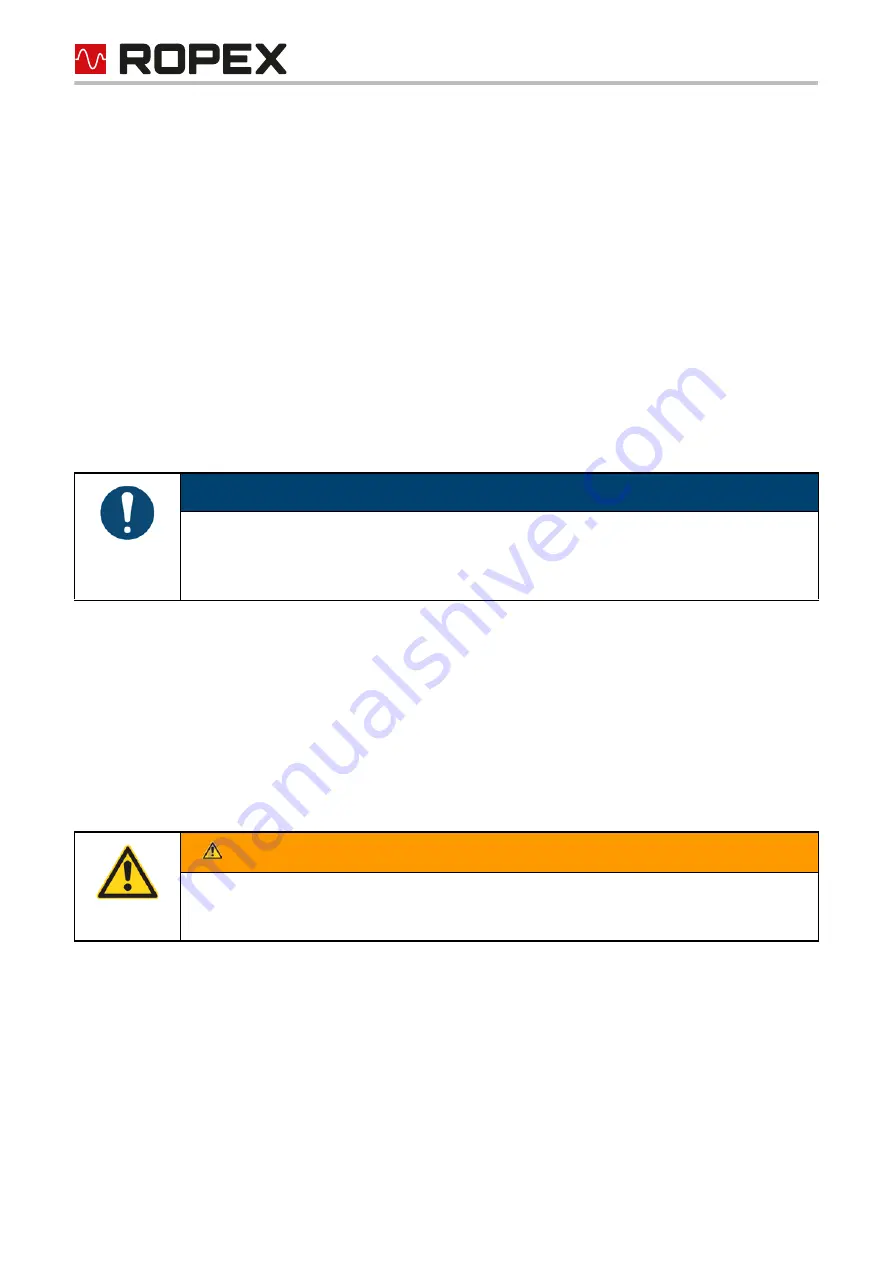
Requirements for the functioning of the control system
Page 8
RES-5008
Version 2
4
Requirements for the functioning of the control system
4.1
Heating element
The resistance of the heating element used must have a positive temperature coefficient for the proper functioning
of the RESISTRON
®
Temperature Controller.
In order to achieve an optimal sealing result, the heating element and the type of connection must be adapted to
the sealing application. The geometry of the heating element cannot be discussed here due to its diversity.
Accordingly, only some important physical and electrical characteristics are pointed out here:
The measurement principle used here requires a suitable temperature coefficient TCR from the heating element
alloy. The RESISTRON
®
Temperature Controller is suitable for temperature coefficients in the range
400…4000 ppm/K.
As the heating element heats up, the resistance value increases, through which the control is made possible. If
the temperature coefficient of the heating element is below the range, the control circuit oscillates or the heating
element overheats.
The temperature coefficient must be given as follows:
E.g. Alloy A20:
TCR = 1100 ppm/K
Alloy L:
TCR = 780 ppm/K
LEX3500:
TCR = 3500 ppm/K
Vacodil:
TCR = 1100 ppm/K
The setting or coding of the RESISTRON
®
Temperature Controller has to be carried out according to the temper-
ature coefficient of the heating element used.
The temperature coefficient must be taken from the ROPEX application report and must be set accordingly.
More information:
• High-resistance heating elements, such as NiCr 80/20, are not suitable for an operation with a RESISTRON
®
Temperature Controller.
•
Parallel wiring:
In order to achieve an uniform temperature of both the heating elements, symmetrical cabling
must be taken into account in case of parallel wiring of heating elements.
•
Series wiring:
When heating elements are connected in series, it must be ensured that the heating elements
do not touch each other when they are heated on both sides. This would lead to an overcurrent and conse-
quently to a selective increase in temperature.
NOTE
If the temperature coefficient of the heating element is greater than the set value, the real tem-
perature is lower than the displayed temperature. However, if the temperature coefficient of
the heating element is greater than the set value, the real temperature is higher than the dis-
played temperature.
WARNING
The use of the wrong alloys with a temperature coefficient, which is too low, or the wrong coding
of the RESISTRON
®
Temperature Controller leads to uncontrolled heating and possibly to
the burning up of the heating element!
TCR
10x10
4
–
K
1
–
or K
1
–
or ppm/K
=

